My Research
More recent research projects can be found [here].
Transfer Learning
Transfer learning leverages existing models or labeled data to solve another similar but different problem. My research focuses on one type of transfer learning paradigms: domain adaptation. Due to the differences between different domains, termed data bias or domain shift, machine learning models often do not generalize well from an existing domain to a novel unlabeled domain. Domain adaptation (DA) has been proposed to leverage knowledge from an abundant labeled source domain to learn an effective predictor for the target domain with few or no labels, while mitigating the domain shift problem. In my research, DA has been applied in many tasks, such as image recognition, segmentation, regression, etc.
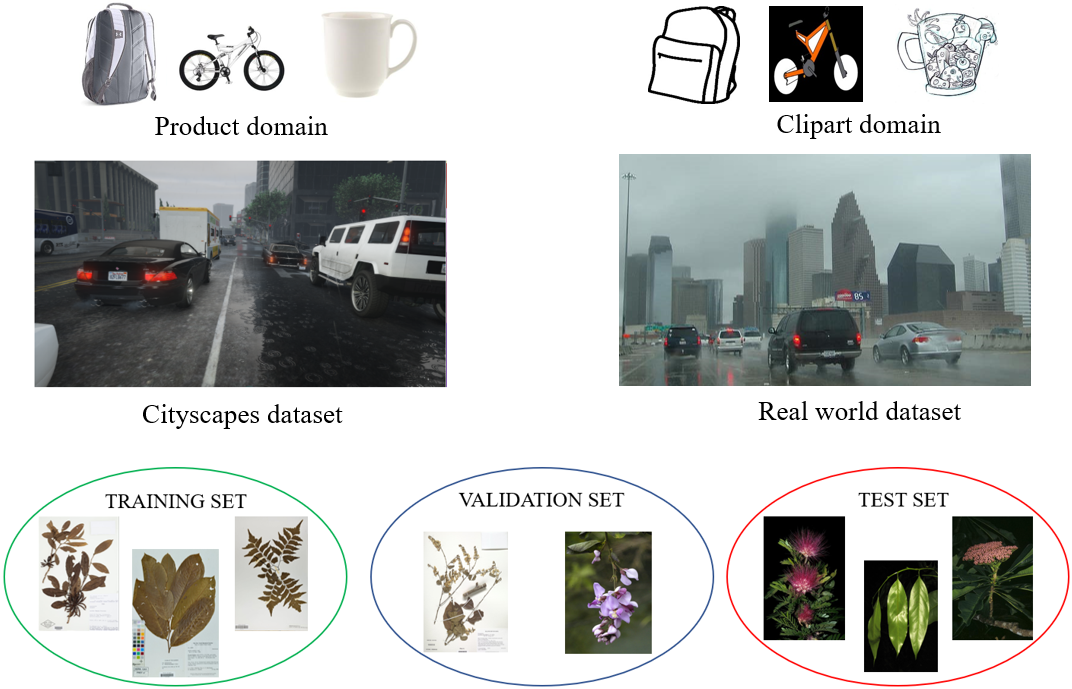
Data shift/bias of different datasets when transferring knowledge from an existing domain to another domain (learn from product domain, and recognize objects in clipart domain; segment cityscapes dataset and apply it to the real-world dataset; identify plant species from one set to another set). Domain adaptation aims to reduce data shift issue, and improve models' performance in the new domain.
Selected paper

Zhang, Y., & Davison, B. D. (2021). Deep Least Squares Alignment for Unsupervised Domain Adaptation. British Machine Vision Conference (BMVC) 2021. [paper]
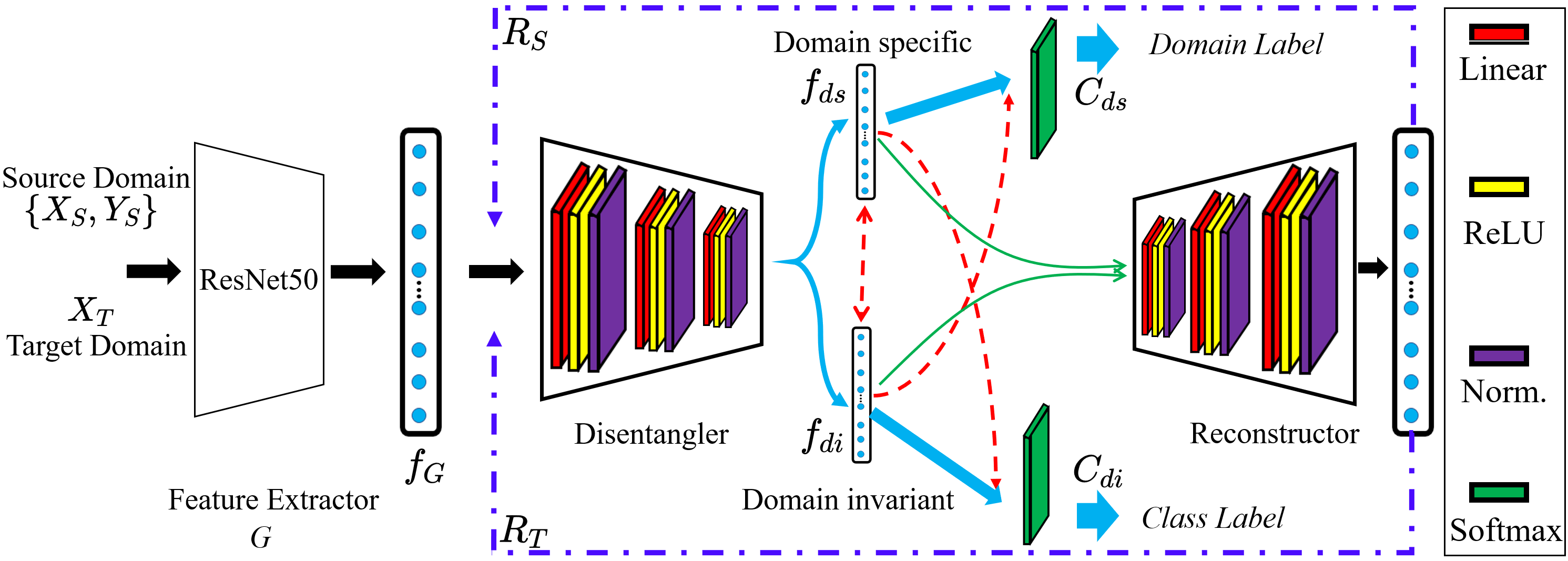
Zhang, Y., & Davison, B. D. (2021, September). Enhanced separable disentanglement for unsupervised domain adaptation. In 2021 IEEE International Conference on Image Processing (ICIP) (pp. 784-788). IEEE. [paper]
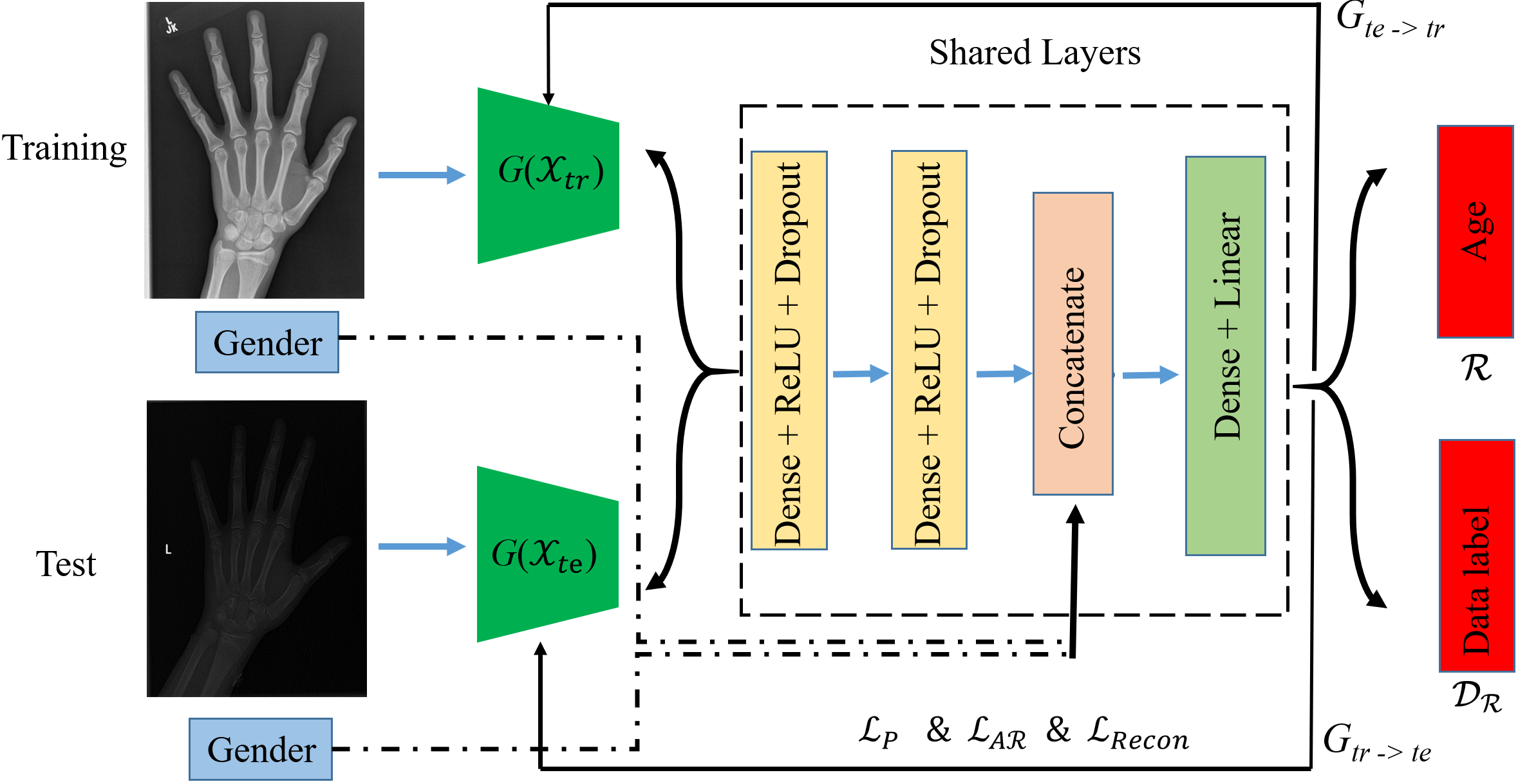
Zhang, Y., & Davison, B. D. (2021, June). Adversarial regression learning for bone age estimation. In International Conference on Information Processing in Medical Imaging (IPMI) (pp. 742-754). Springer, Cham. [paper]
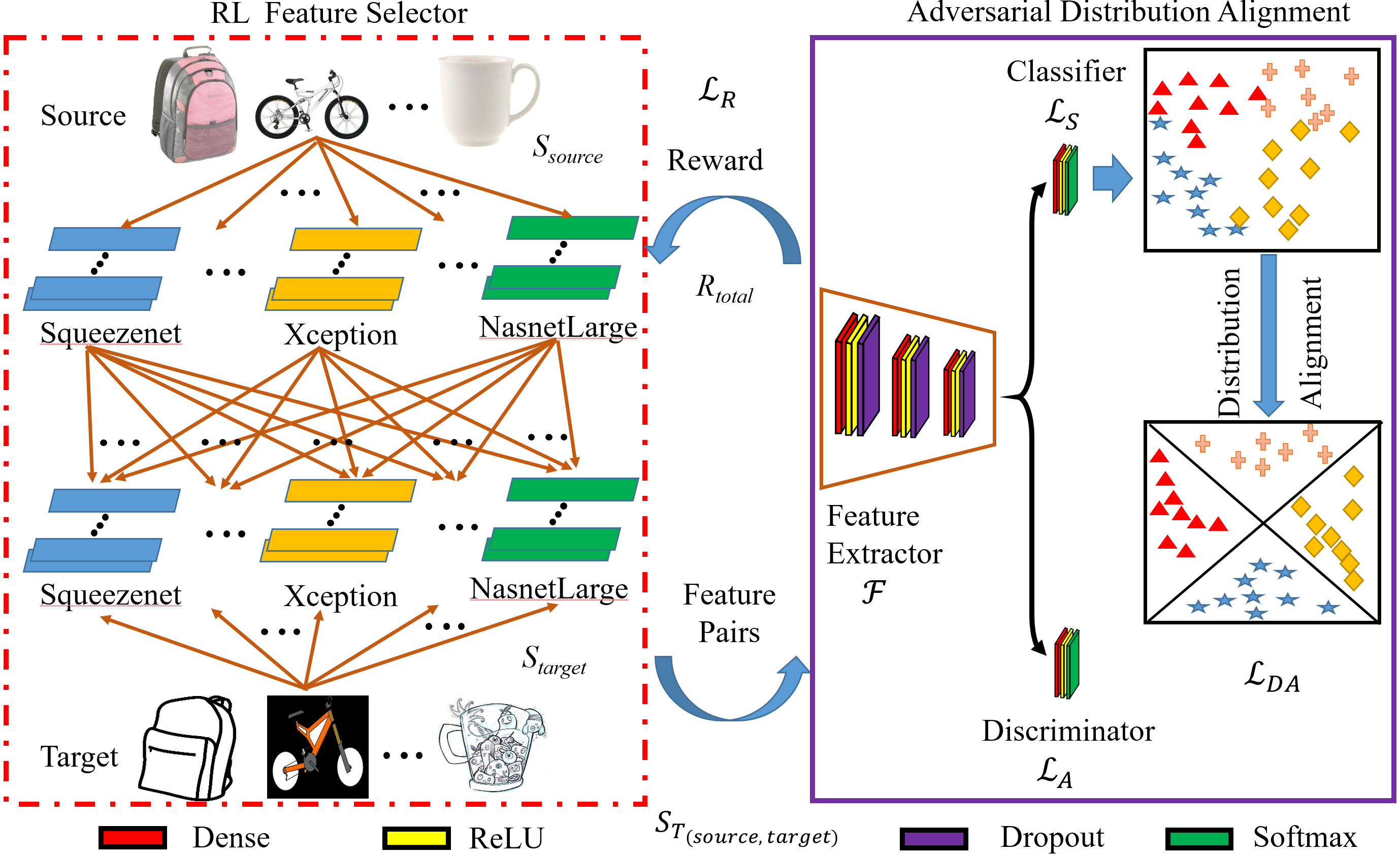
Zhang, Y., Ye, H., & Davison, B. D. (2021). Adversarial reinforcement learning for unsupervised domain adaptation. In Proceedings of the IEEE/CVF Winter Conference on Applications of Computer Vision (WACV) (pp. 635-644). [paper]
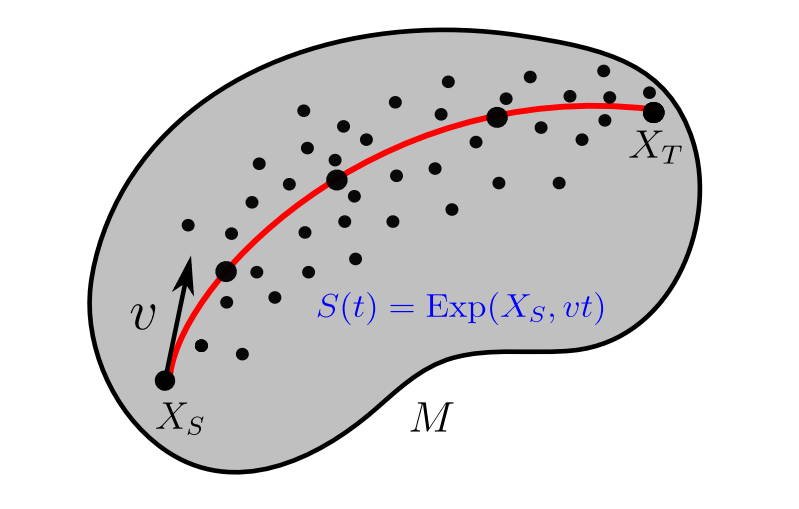
Zhang, Y., Xie, S., & Davison, B. D. (2019, September). Transductive Learning Via Improved Geodesic Sampling. In British Machine Vision Conference (BMVC) 2019 (p. 122). [paper]
Cow Teat Health Management
Mastitis remains one of dairy cows' most frequently occurring diseases, often arising from intramammary infections through the teat canal. It is also costly to pay for the treatment of mastitis disease in cows. Therefore, automatic monitoring and assessing the health status of cows' teats are beneficial that we could build an atlas of each cow's teat for a longitudinal study.

Data collection flow of our cow teat videos
Selected paper

Zhang, Y., Wieland, M., & Basran, P. S. (2022). Unsupervised Few Shot Key Frame Extraction for Cow Teat Videos. Data, 7(5), 68. [paper] [code]
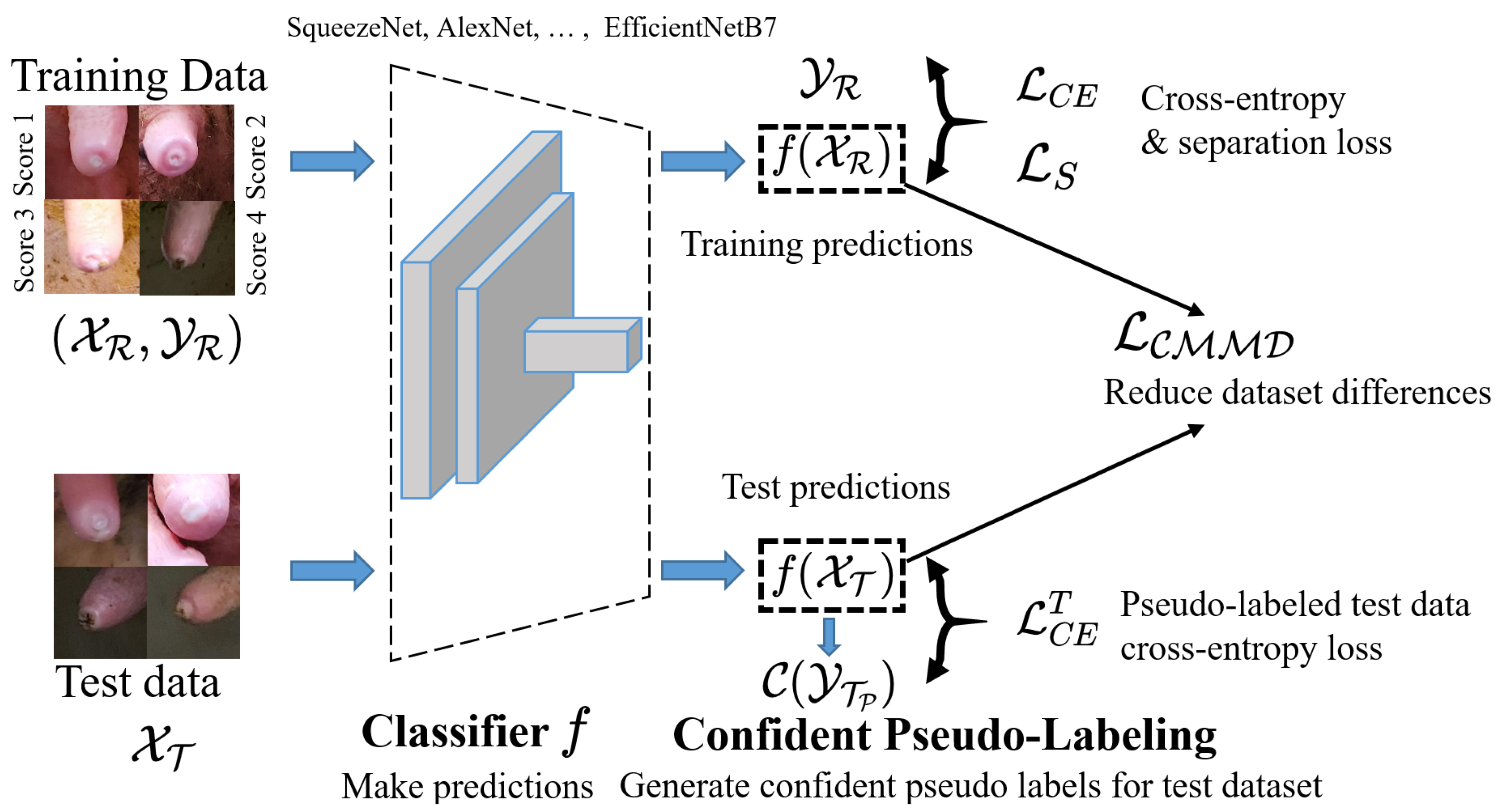
Zhang, Y., Porter, I. R., Wieland, M., & Basran, P. S. (2022). Separable Confident Transductive Learning for Dairy Cows Teat-End Condition Classification. Animals 2022, 12, 886. [paper] [code]
Manifold Learning and Shape Analysis
Manifold Learning (ML) is an application of differential geometry to machine learning. Data points lying on low-dimensional nonlinear manifolds are expected to be highly conforming. ML techniques initially aim to identify the underlying low-dimensional of data from a set of high-dimensional observations. ML has been widely used in data dimensionality reduction, shape analysis, face recognition, activity recognition, object detection and classification, and generative adversarial networks, etc.

Basic concepts of geometry on manifold
Selected paper
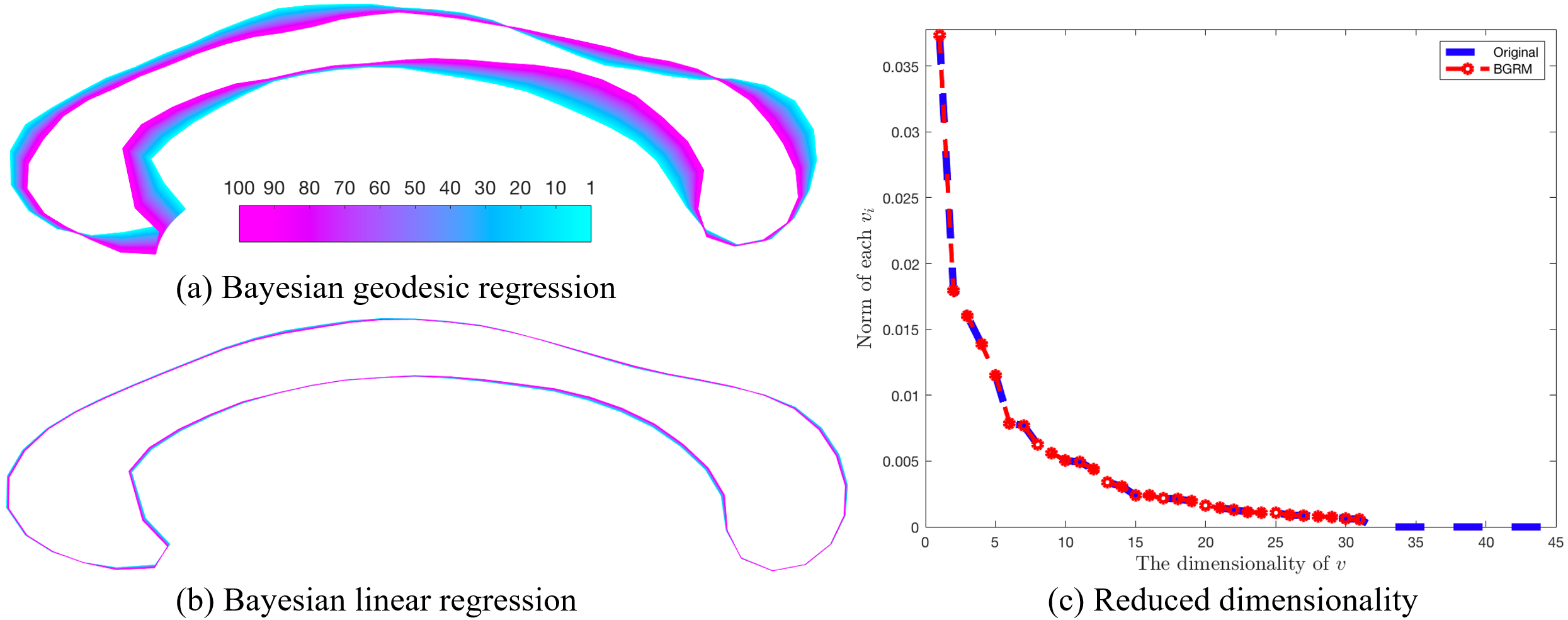
Zhang, Y. (2020). Bayesian geodesic regression on Riemannian manifolds. British Machine Vision Conference (BMVC) 2020 . [paper]

Zhang, Y., & Davison, B. D. (2019, September). Shapenet: Age-focused landmark shape prediction with regressive cnn. In 2019 International Conference on Content-Based Multimedia Indexing (CBMI) (pp. 1-6). IEEE. [paper]

Zhang, Y., Xing, J., & Zhang, M. (2019). Mixture probabilistic principal geodesic analysis. In Multimodal Brain Image Analysis and Mathematical Foundations of Computational Anatomy (pp. 196-208). Springer, Cham. [paper]
Funding
Thanks to the following funding agencies for their support of my research.
External Grants:
Cardiomegaly detection from deep learning to clinical trials (NSF CRII)
Internal Grants:
Katz bot 2.0 (Yeshiva University, Faculty Research Award, 2024-2025, PI)
Dementia Care Training Chatbot Development (Yeshiva University, Faculty Research Award, 2024-2025, Co-PI)
Clinical Innovation in Rare Diseases Interactive Information Hub (Yeshiva University, Katz School Grant, 2024-2025, Co-PI)
Machine Learning Chat Robot for Students (Yeshiva University, Katz School Grant, 2023-2024, PI)
Image Generation for Medical Applications (Yeshiva University, Katz School Grant, 2022-2023, PI)
